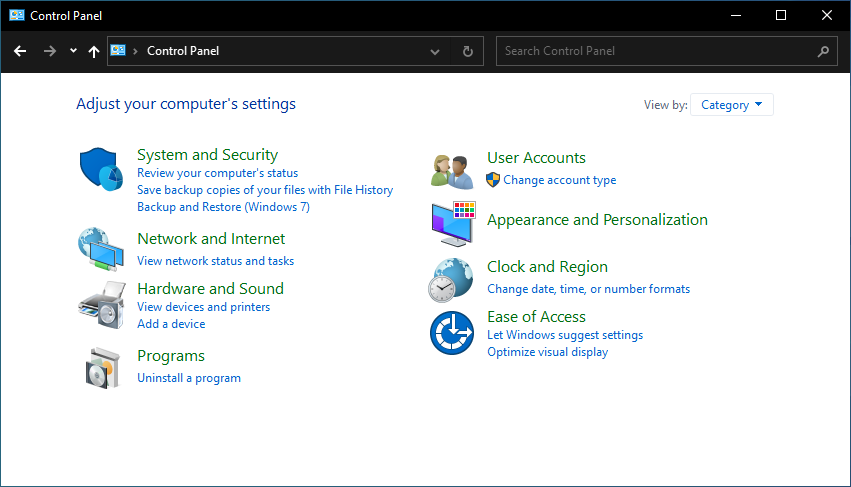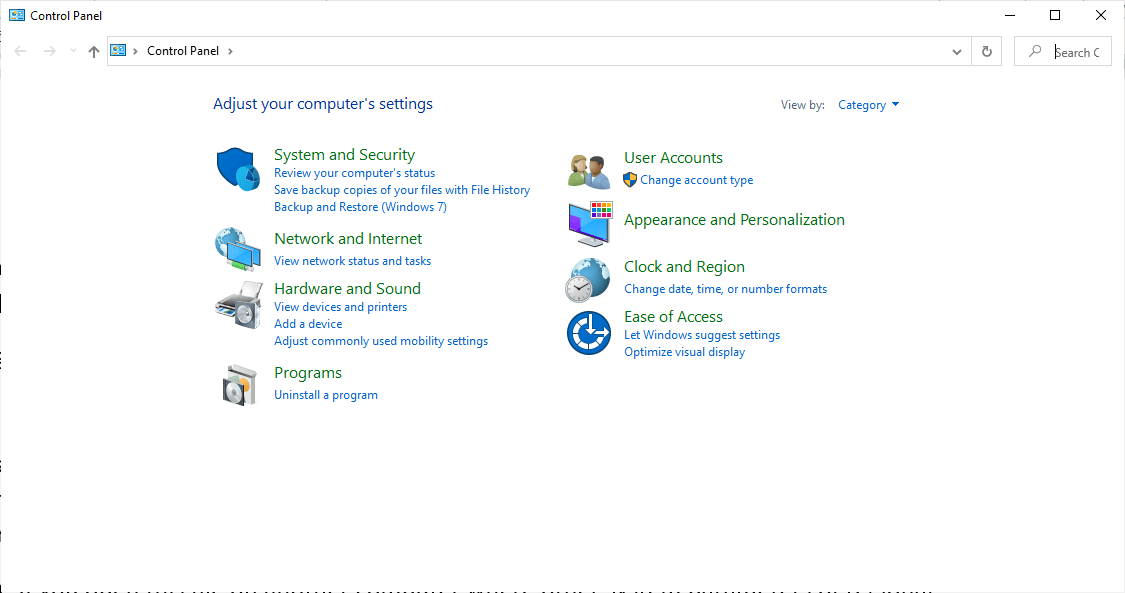
- #How to change replace typing settings in windows 10 to how to
- #How to change replace typing settings in windows 10 to windows 10
Once your computer restarts, you should see the new font family throughout the elements, including on File Explorer, message box, taskbar, and apps that make use of the default system font. For example, to change the forms title from Form1 to MyForm.
#How to change replace typing settings in windows 10 to windows 10
By default, your language icon is located in your taskbar. In Windows 10 Settings, the option is called Automatically hide the taskbar in desktop. You can also switch to the 'Language Bar' tab and change where the language icon is. The default is either Alt + Shift or Win + Shift, but you can change them. Restart your computer to complete the task. In the 'Advanced Key Settings' tab you can change the keyboard shortcuts to alternate between keyboard languages. Under "Save as type," select All Files, and name your file anything you want with the. Thankfully, almost every page in the Settings app has its own URI. The major hurdle in changing language is finding the relevant settings page in the Settings app.

Type a few characters at the start of an existing paragraph to be sure.
#How to change replace typing settings in windows 10 to how to
How to fix it: Click once on the 'OVR' button in the Status bar, and when you see its little circle change from green to white, youll be back in Insert mode.

In registry code above, make sure to replace ENTER-NEW-FONT-NAME with the name of the font you want to use like Courier New. The good thing is, you can easily change Windows 10 display language from Chinese to English with just a few clicks. When Overtype mode is on, youll see 'OVR' in the Status bar preceded by a green circle. Tip: After changing the default font size, the text size of most of the built-in apps in Windows 11 will be changed as well, such as File Explorer, Control Panel, Settings, Paint, etc.

Then click the Apply button to save the changes. See the font available on Windows 10 and note the exact name of the font you want to use (e.g., Arial, Courier New, Verdana, Tahoma, etc.).Ĭopy and paste the following registry code into the text file: Step 3: In the following window, drag the toggle next to the Text size to change the font size. You can change the windows font by following the below directions:


 0 kommentar(er)
0 kommentar(er)
